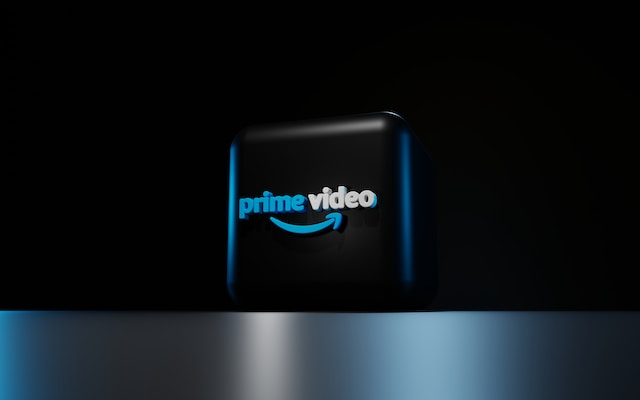Prime Video’s New Strategy: Advertisements and Premium Pricing
In the ever-competitive world of streaming services, Prime Video is charting a new course. This article delves into Prime Video’s bold strategy shift, which combines advertisements with premium pricing. We’ll explore the motivations behind this move, its implications for users, and how it’s reshaping the streaming landscape. From the innovative features to the potential drawbacks, we’ll provide valuable insights into this transformative change and present an informative table summarizing key aspects of Prime Video’s strategy.
Prime Video’s Strategic Pivot
Prime Video, a major player in the streaming industry, is redefining its approach to content delivery.
Integrating Advertisements
One of the most significant shifts in Prime Video’s strategy is the integration of advertisements. Traditionally an ad-free platform for its premium subscribers, Prime Video now offers an ad-supported tier. This move allows the platform to tap into a wider audience base, including those who prefer free access with occasional ads.
Premium Pricing Continues
In parallel with its ad-supported tier, Prime Video maintains its premium pricing model. Subscribers can still opt for an ad-free experience by paying a higher subscription fee. This dual-pricing strategy provides users with the flexibility to choose the experience that suits their preferences and budget.

Motivations Behind the Shift
Several factors motivate Prime Video’s strategy shift:
- Market Expansion: By introducing an ad-supported tier, Prime Video can reach a broader audience, including viewers who might be deterred by subscription fees.
- Competitive Edge: As the streaming landscape becomes more competitive, offering an ad-supported option can help Prime Video stand out and attract users from rivals.
- Revenue Diversification: Incorporating advertisements diversifies Prime Video’s revenue streams, reducing its reliance on subscription fees.
Implications for Users
Prime Video’s new strategy has both benefits and potential drawbacks for users:
Benefits:
- More Accessible: The ad-supported tier makes Prime Video accessible to a wider audience, including budget-conscious viewers.
- Choice: Users have the flexibility to choose between ad-supported and ad-free experiences, tailoring their subscription to their preferences.
- Revenue Investment: The introduction of advertisements may result in increased investment in original content, benefiting all subscribers with a richer library.
Potential Drawbacks:
- Ad Interruptions: Users on the ad-supported tier may experience interruptions from advertisements during their viewing, which can be a drawback for those used to an ad-free experience.
- Pricing Complexity: The dual-pricing model could lead to pricing confusion for potential subscribers.
A Comparative Analysis
To provide a comprehensive view of Prime Video’s strategy shift, let’s compare it with other streaming platforms:
| Aspect | Prime Video’s Strategy | Other Streaming Platforms |
|---|---|---|
| Ad Integration | Introduction of ad-supported tier | Varies: Some platforms offer ad-supported tiers, while others remain ad-free. |
| Premium Pricing Model | Maintains premium pricing for ad-free experience | Varies: Different platforms have different pricing structures. Some offer a single, ad-free tier, while others have multiple pricing tiers. |
| Motivations | Market expansion, competitive edge, revenue diversification | Market positioning, content library, original programming |
| User Implications | More accessible, choice, potential for increased content investment | Choice (ad-supported or ad-free), potential for content investment, potential ad interruptions |
The comparative analysis highlights the unique approach Prime Video is taking and its potential impact on users compared to other streaming platforms.
Conclusion
Prime Video’s strategy shift, incorporating advertisements alongside premium pricing, marks a significant move in the streaming industry. It reflects the evolving dynamics of the streaming landscape, where platforms are seeking new ways to attract viewers and diversify revenue streams.
While the introduction of an ad-supported tier may open Prime Video to a broader audience, it also introduces the challenge of balancing user experience with advertising revenue. How well Prime Video navigates this transition will shape its future in an increasingly competitive market.
As Prime Video continues to evolve, users and industry observers will closely watch how this strategic pivot impacts its content offerings, user base, and position in the streaming ecosystem.












